Center’s Indicators for an Inclusive Regional Economy and first-ever Racial Equity Dividends Index identify areas for improvement in region’s pursuit of workplace and economic inclusion
The Center for Economic Inclusion today unveiled its 2022 Indicators for an Inclusive Regional Economy and the first-ever findings from its new Racial Equity Dividends Index during its Powering Inclusion Summit, the State of Racially Inclusive Economic Growth & Employer Action. Shared with Index participants and the Twin Cities business, government, and community leaders in attendance at the summit, together, the interactive Indicators website and Racial Equity Dividends Index can be used as powerful tools to help identify challenges and implement solutions to build an economy for everyone.
“For more than two years, businesses have made bold declarations to address racism. Those who are ultimately instrumental in Minnesota’s elevation from worst in the nation for African Americans, to best in the nation for African Americans and business growth and economic prosperity, will be those who adopt systemic frameworks rooted in anti-racism and liberation that honor the brilliance in communities of color,” said Center for Economic Inclusion Founder and CEO Tawanna A. Black.
“The Center’s first-ever Racial Equity Dividends Index gives leaders the proven standards to guide their strategies and goals and the 2022 Indicators for an Inclusive Regional Economy guides organizations in establishing goals for both internal performance, and the resulting impact on the regional economy.”
About the Racial Equity Dividends Index
The Racial Equity Dividends Index is a comprehensive tool that businesses opt into to measure their progress toward building inclusive workplaces in Minnesota. A total of 40 businesses participated in the first-ever Index this spring, which measured performance on the leading standards of racial equity, inclusion and belonging. These 40 participating companies employ more than 200,000 workers in Minnesota, and an additional 550,000 employees elsewhere in the world, meaning approximately one in every 12 non-government employees in Minnesota works for a company participating in the Index.
The Index scores participating companies on the leading standards to advance anti-racism, inclusion and belonging in seven categories including: leadership; hiring, culture, retention, and advancement; procurement; products and services; philanthropy and investments; and public policy. Participating organizations were evaluated and received scores ranging from 6 to 76 points out of a possible 100. The average company score was 38, with final totals significantly varying. On average, the larger organizations scored higher overall and in every Index category, likely reflecting their greater access to resources and staff capacity compared to smaller organizations.
Index data found participating companies scored highest in racial equity standards related to leadership, culture, and retention and advancement, with the greatest opportunities across the board for improvement in racial equity standards related to participant’s products and services, procurement, public policy, and philanthropy and investment.
Analysis of participating companies by industry indicates that manufacturing companies scored higher in hiring and leadership; organizations in finance and insurance scored higher in philanthropy and investment; and health care and social assistance organizations scored higher in public policy and products.
About the Indicators for an Inclusive Regional Economy Digital Lab
The Indicators for an Inclusive Regional Economy evaluates key measures of inclusive economic growth and competitiveness while offering profiles of data by race and income. The digital lab on the Center’s website also offers tools and case studies for closing racial wealth gaps and addressing workplace racial equity and inclusion opportunities.
This newly updated data demonstrates that Minnesota’s employers and policymakers must take more deliberate, aggressive, and sustained action and make anti-racist, systemic investments to not only close racial wealth gaps and position the state to compete in the global economy, but to ensure all people experience the racial and economic justice, inclusion and belonging we value and deserve. The data highlight the many existing barriers to quality, well-paying economic and employment opportunities for all Minnesotans, despite historic levels of job openings and the need for additional workforce labor.
Recent employment rates have significantly differed across racial, ethnic, and culture groups, with Black, American ancestry, Somali, and Indigenous residents employed at a rate of 54% compared to more than 80% for Puerto Rican, Korean, and Indian residents; further studies have revealed that workers of color are often the first to be laid off and the last to be hired for full employment. Racial discrimination in the employment process is also still prevalent, with more than three in four Black, Indigenous, Hispanic and Hmong residents having reported experiencing racial discrimination when applying for a job.
Over the past five years, the Center for Economic Inclusion has quickly grown and emerged as a regional leader in building, scaling, and institutionalizing anti-racist workplaces. By working alongside organizations to better understand and implement current research findings, the Center hopes to build a thriving, resilient regional economy where everyone can participate in markets, advance in careers and build wealth, and drive overall economic growth. Quality, consistently updated data through tools like the Indicators for an Inclusive Regional Economy and the Racial Equity Dividends Index are critical for identifying the challenges, taking note of the opportunities, and acting on tangible, research-driven solutions.
To learn more about the Racial Equity Dividends Index and to read the full report, click here.
To explore the Indicators for an Inclusive Regional Economy digital lab, click here.



